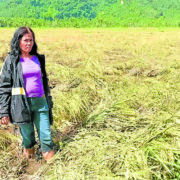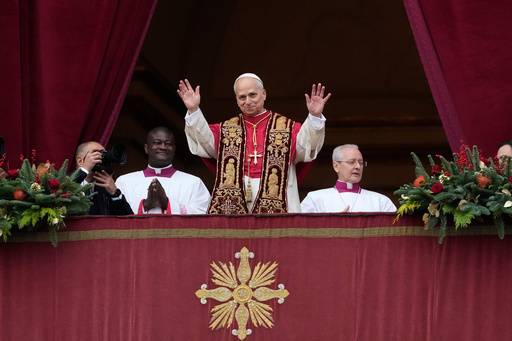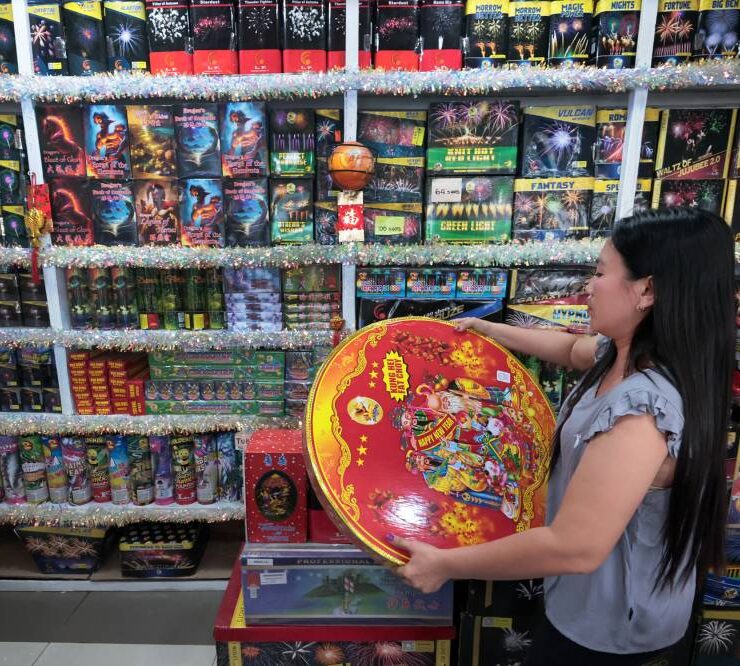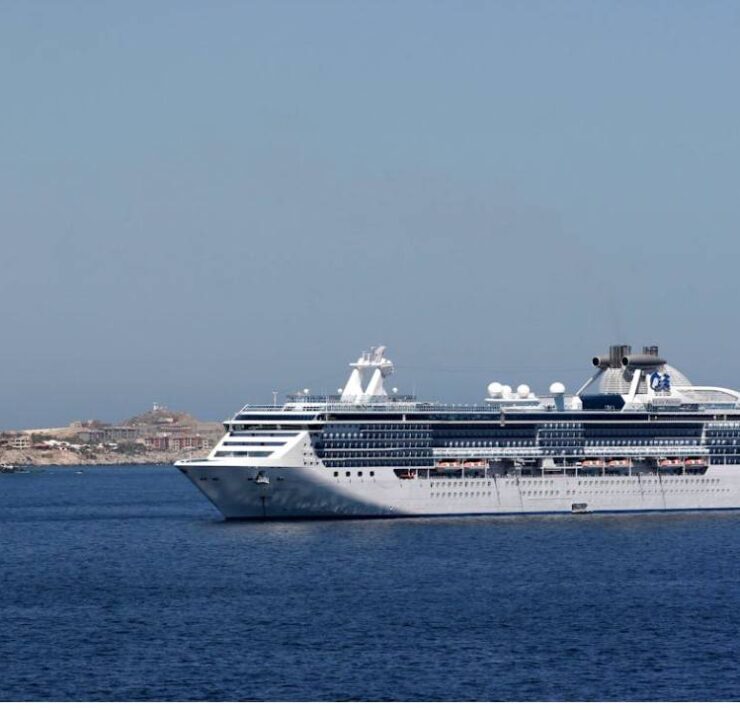Cebu basilica’s strict dress code to stay
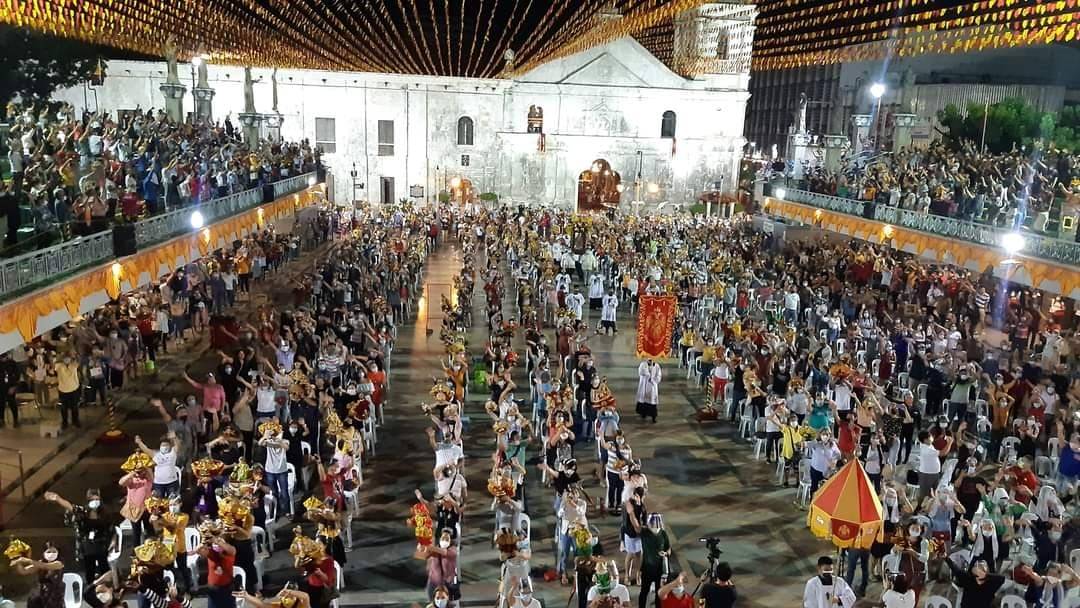
CEBU CITY—No proper attire, no entry.
Cebu’s most popular Catholic church has decided to continue strictly implementing a dress code even when multitudes are expected to visit the place in January next year to celebrate the feast of the Santo Niño or the Child Jesus.
Fr. Jules Van Almerez, spokesperson of the Basilica Minore del Santo Niño de Cebu, said they would want the churchgoers to continue practicing the dress code that was put in place since October this year.
“It would be better if we will be accustomed to what has been recently implemented,” he said in a recent interview.
Last Oct. 1, the Augustinian fathers, who run the basilica, started implementing a dress code, especially for tourists who enter the centuries-old basilica in attires deemed inappropriate for a church visit.
They said they wanted to maintain “the solemnity of the worship space” and align with practices observed at other churches and shrines both locally and internationally.
Before the dress code was imposed, the Augustinians used to lend shawls to visitors who were not in proper church attire but had since stopped the practice to compel people to dress correctly inside the church and its compound. They said even those who would wear shawls rented from stalls outside the basilica to cover their sleeveless dressed or blouses would still be denied entry.
Almerez said it would be proper to continue wearing the right attire inside the church compound even during the Fiesta Señor celebration, which will begin on Jan. 9, 2025 and will culminate with the feast of the Child Jesus on Jan. 19, 2025.
The feast, held every third Sunday of January, is the basis of what is now Cebu’s famous Sinulog Festival, the secular festivity to honor the Señor Santo Niño.
Dos and don’ts
“We need to practice what is proper inside a sacred place,” he said.
Considered improper attire are spaghetti straps, tube or tank tops, sleeveless or plunging necklines, racerbacks or barebacks, short skirts and crop tops, shorts of any kinds, low-waist pants and ripped jeans, caps and hats, and sando or anything without sleeves.
On the other hand, churchgoers and other visitors are encouraged to wear collared blouses with sleeves, knee-length or long dressed with sleeves, knee-length or long skirts, neckline tops with sleeves, polo shirts or collared shirts, T-shirts or long sleeves shirts, jeans or slacks, office wear or smart casual, and decent footwear.
‘Too much’
The dress code implemented at the basilica, however, has been met with criticisms from some people who considered it as a “very strict policy.”
“That’s too much,” said one churchgoer upon learning about the policy imposed at the basilica.
Others believed many devotees could not attend Masses at the basilica, including those who do not have enough money to buy clothes and footwear that will pass the scrutiny of the guards at the entrance gates.
In an earlier statement, the Augustinians appealed for understanding and cooperation among people who visited the basilica, which houses two of the country’s oldest images given by Portuguese explorer Ferdinand Magellan in 1521.
“Together, as one Catholic Christian community, let us ensure a respectful and meaningful experience for all who come to the basilica, the home of our beloved Holy Child, Señor Santo Niño de Cebu,” their statement read.
Magellan, who led a Spanish expedition that arrived in Cebu in 1521, gifted Cebu’s Queen Juana with an image of the Santo Niño or the Holy Child Jesus and Rajah Humabon with the Ecce Homo or the bust of the suffering Jesus Christ during their baptism on April 14 that year.
Magellan also gave the natives an image of the Madonna or the Blessed Virgin Mary holding the infant Jesus.
Both the original images of the Santo Niño and the Ecce Homo are displayed for veneration inside the basilica. The Madonna, on the other hand, has been missing for centuries now. Devotees also visit the nearby Magellan’s Cross to offer candles and prayers before the icon that symbolizes the arrival of Christianity in Philippine soil.













